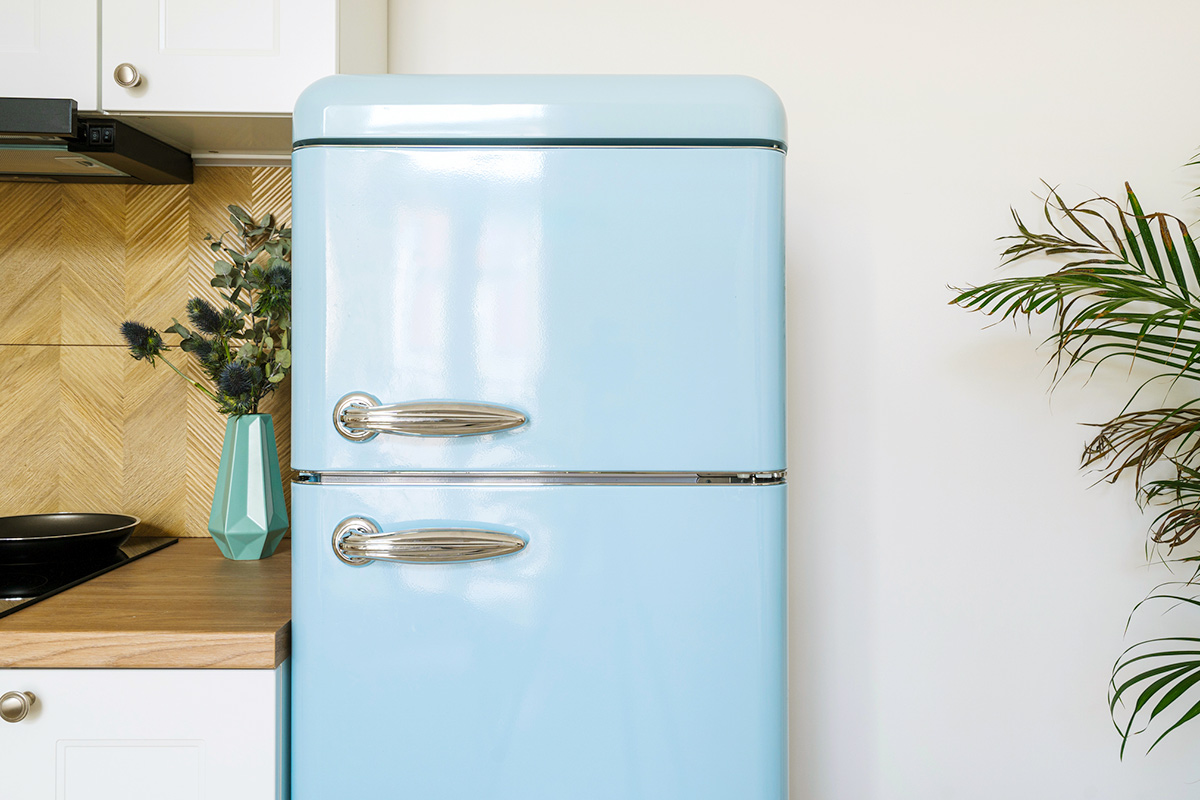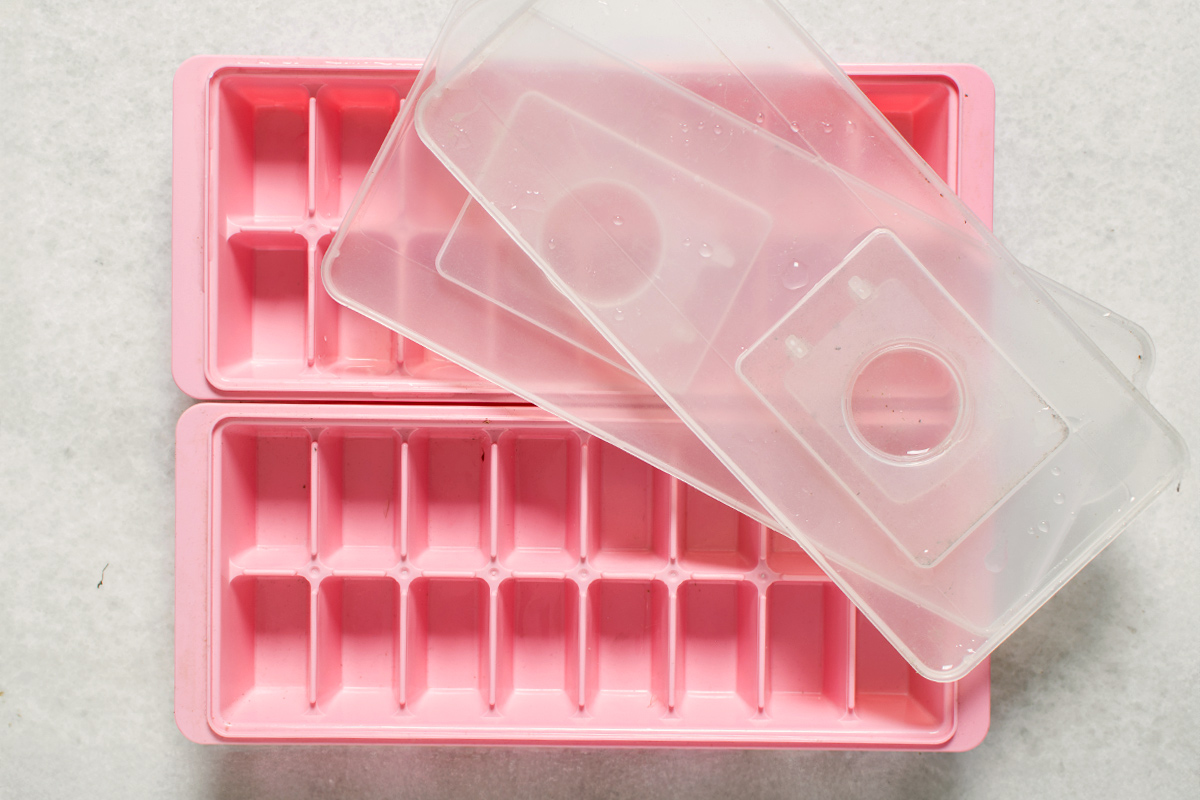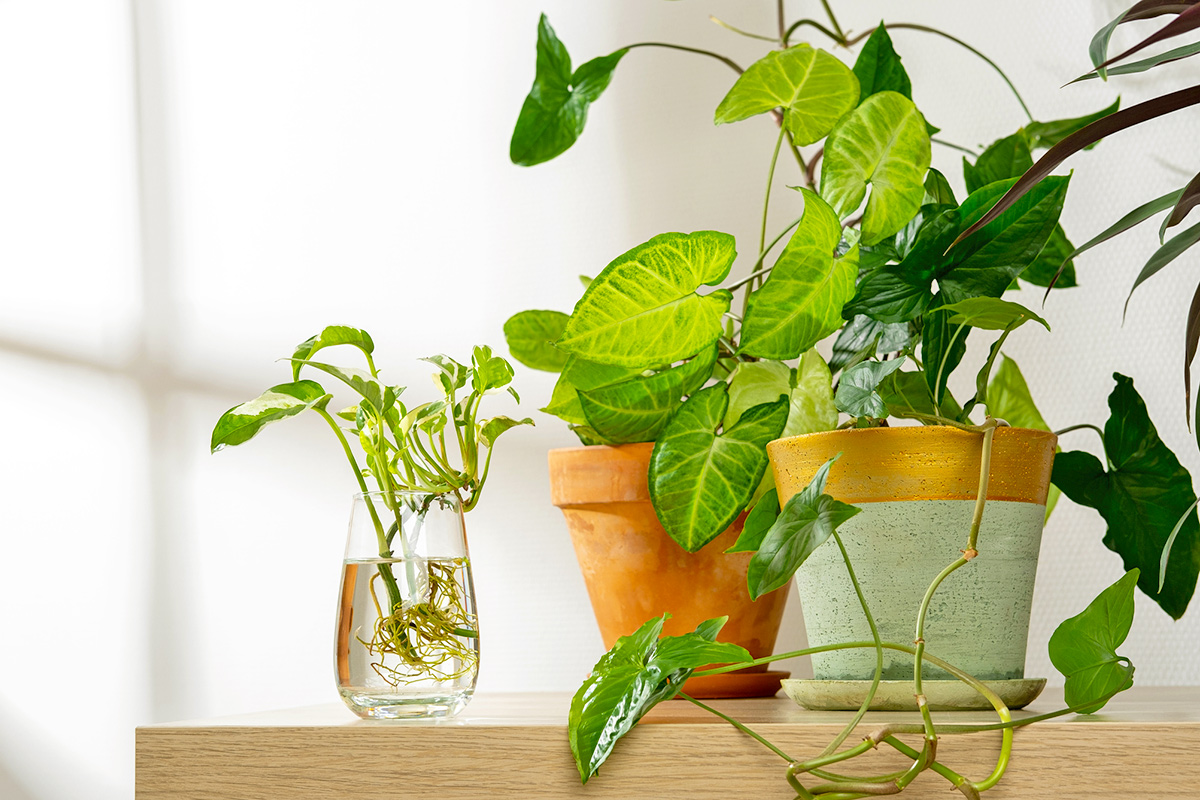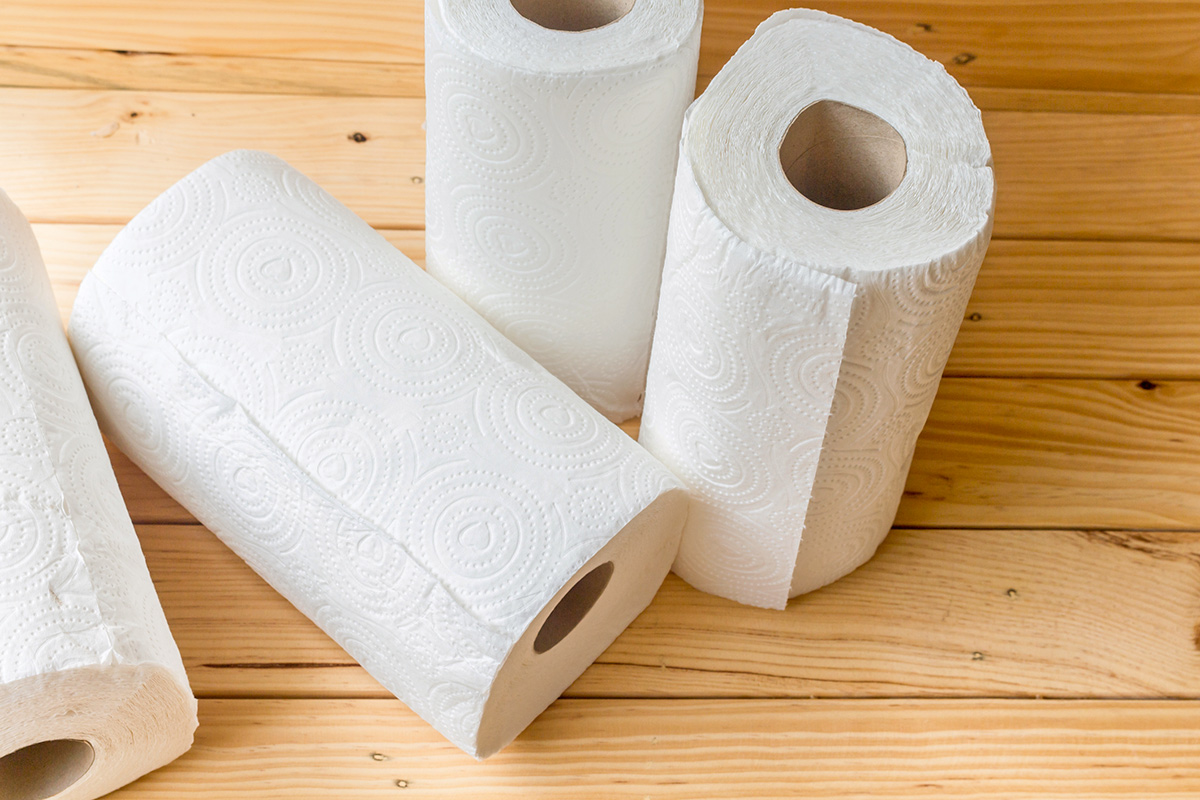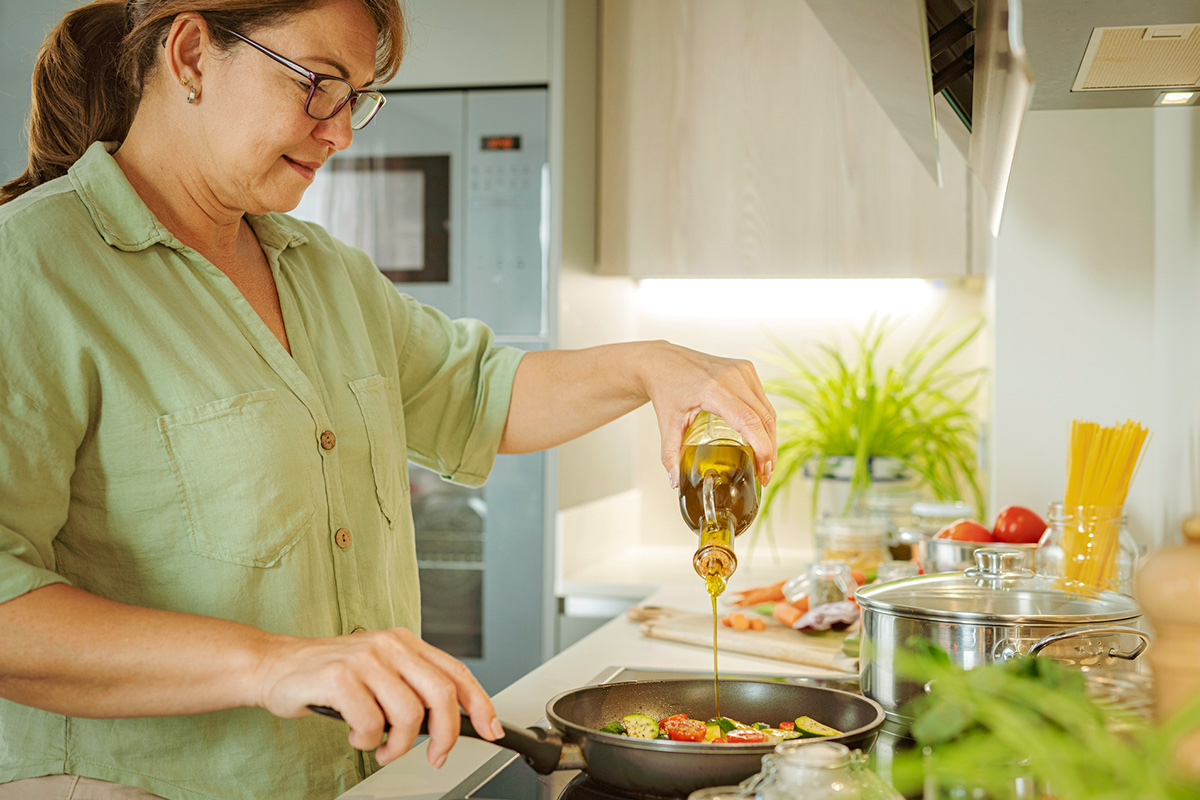Are you battling a heat wave inside your house, even with the AC on full blast? Everyday items and routines might be secretly turning up the thermostat. While you can’t exactly unplug your refrigerator or hot water heater, there are a few easy tricks you can use to keep your space cool and your energy…
1. Lights
Leaving the lights on doesn’t just add to your electric bill; it can increase the overall indoor temperature, especially if you’re still using incandescent or halogen bulbs. These older bulb types actually produce more heat than they do light, according to Sewell Direct. What’s a better choice? Energy-efficient LEDs. The next time a bulb burns out, replace it with an LED. You’ll reduce the heat generated by your lighting by as much as 90%, all while saving money on your next bill.
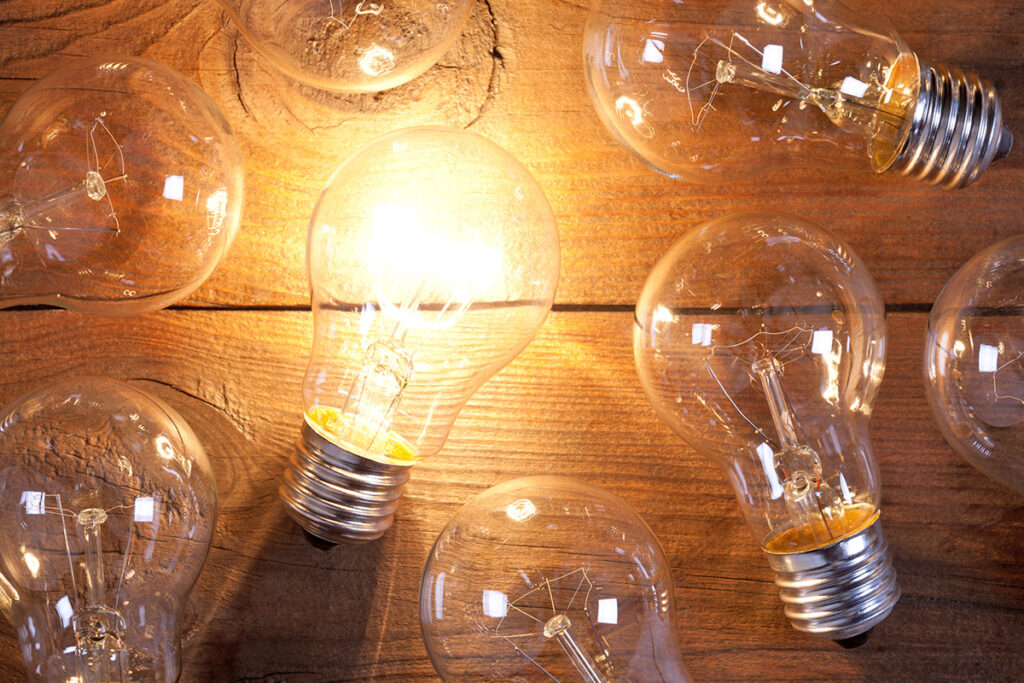
2. Dryers
This probably comes as no surprise, but dryers generate a lot of heat when they’re in use, and even for a short while after a load of laundry has finished. You can reduce the amount of heat your dryer puts out by keeping vents, lint traps, and hoses clean, which optimizes airflow. Using a lower heat setting also helps, and adding tennis balls or wool dryer balls to the drum can result in faster drying times. The best trick, though, is to hang your clothes outside on a line if possible.
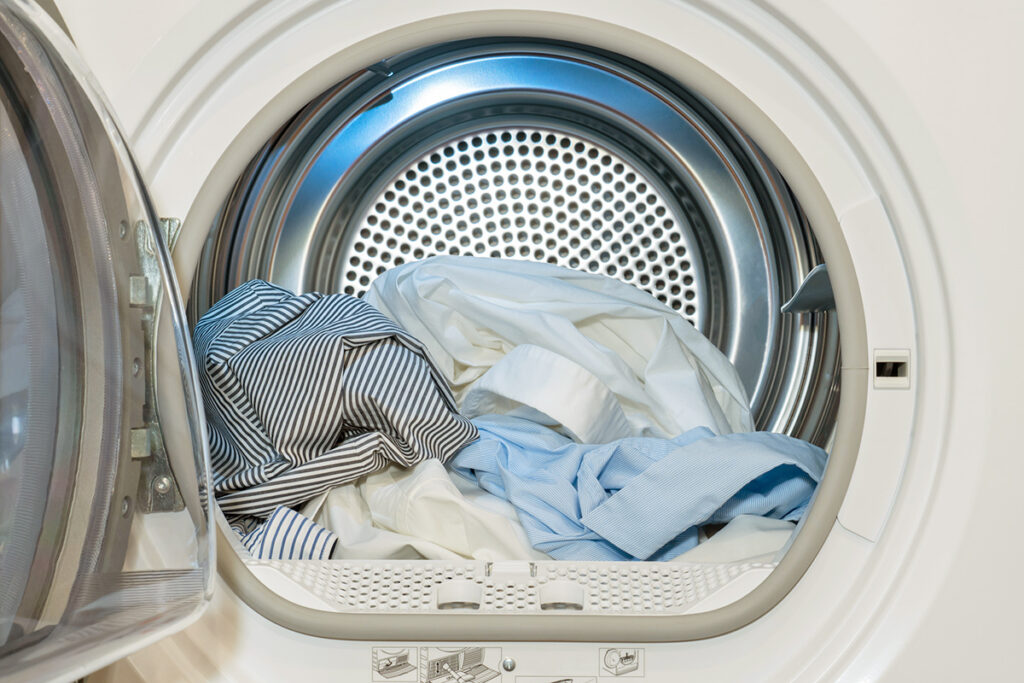
3. Thin Curtains
Curtains are one of the fastest and easiest ways to insulate your home, especially for cooling purposes. Keeping curtains drawn and closing windows during peak sunlight hours will significantly lower inside temperatures. Opt for blackout or thermal curtains, pairing them with French return curtain rods that minimize light gaps. Don’t want a totally dark, cavelike home? Try insulated thermal shades, which filter light and offer UV protection while still allowing some light to pass through.
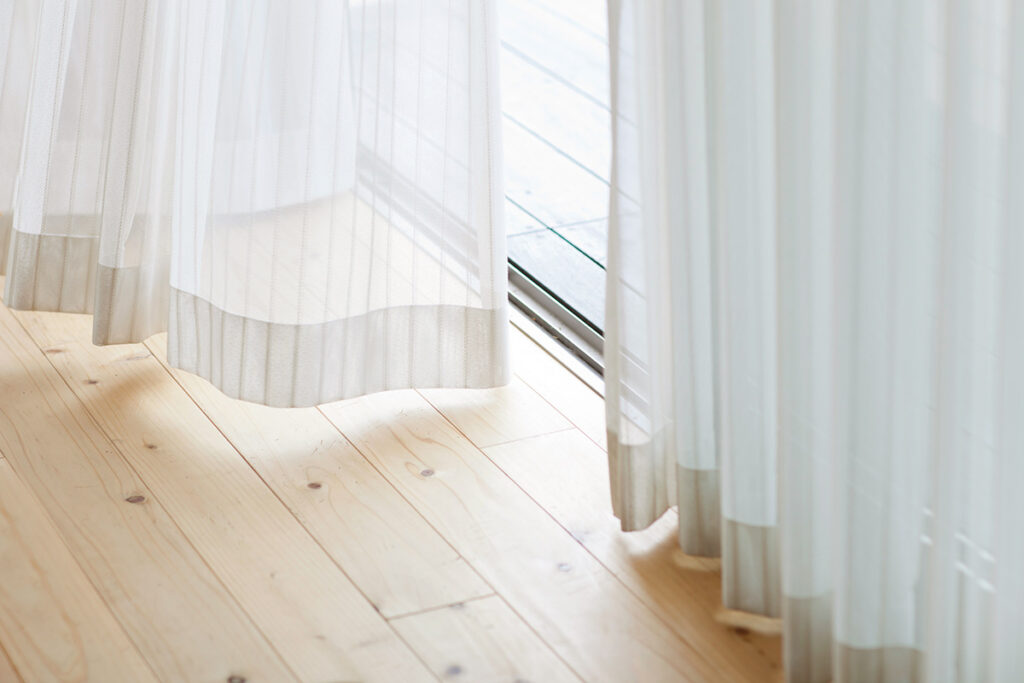
4. Ovens
Much like a dryer, your oven can quickly heat up a room. Every time you open the door to check on the status of your chicken or cake, a rush of hot air escapes. Keep the oven door closed as much as possible while it’s on, and make use of the oven light for monitoring your dishes. Leave the hood vent on while you’re cooking, and open the windows if the outside temperature is cooler than your kitchen. Consider using smaller appliances that produce less heat, such as an air fryer, slow cooker, toaster oven, or pressure cooker. Better yet, take what meats and veggies you can to your outdoor grill, if you have one.
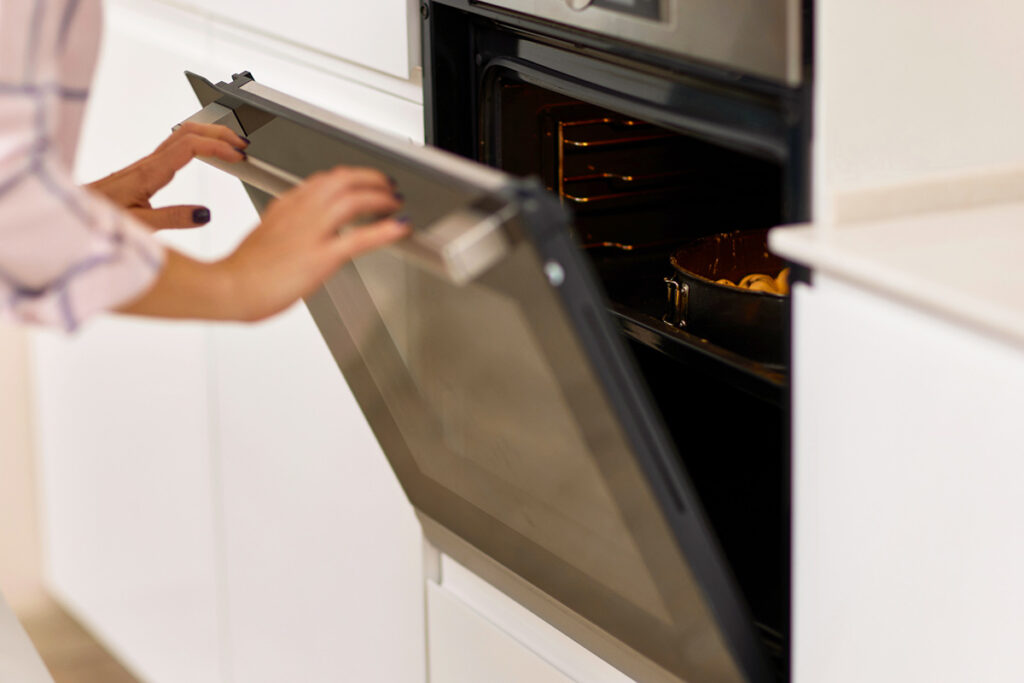
5. Dishwashers
Dishwashers can reach temperatures of up to 180 degrees Fahrenheit during a rinse cycle, heating up your kitchen in a hurry. There’s not much you can do to get around this, but you can time your wash for later in the day when overall temperatures are cooler, or even after you’ve gone to bed. Additionally, make sure your water heater is set to at least 120 degrees Fahrenheit; otherwise, the dishwasher will have to work harder, potentially producing excess heat.
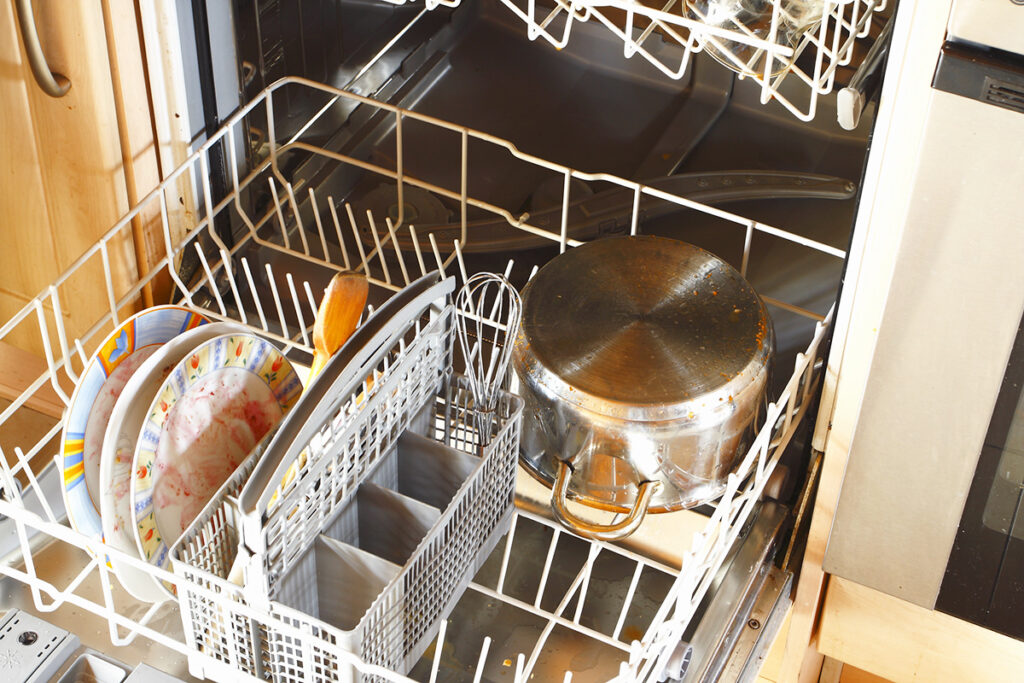
6. Hot Water Heaters
As its name suggests, your hot water heater’s entire job is to create heat. While newer water heaters are often well insulated to reduce heat loss, older models may radiate heat from their tanks and pipes. You can address this fairly cheaply by adding an insulation blanket and foam pipe insulation. (If you have a gas water heater, be careful not to obstruct the airflow to the burner or the vent on the top.) Also, check for leaks regularly and set your water heater temperature to 120 degrees Fahrenheit to minimize the heat difference between the water and the surrounding air.
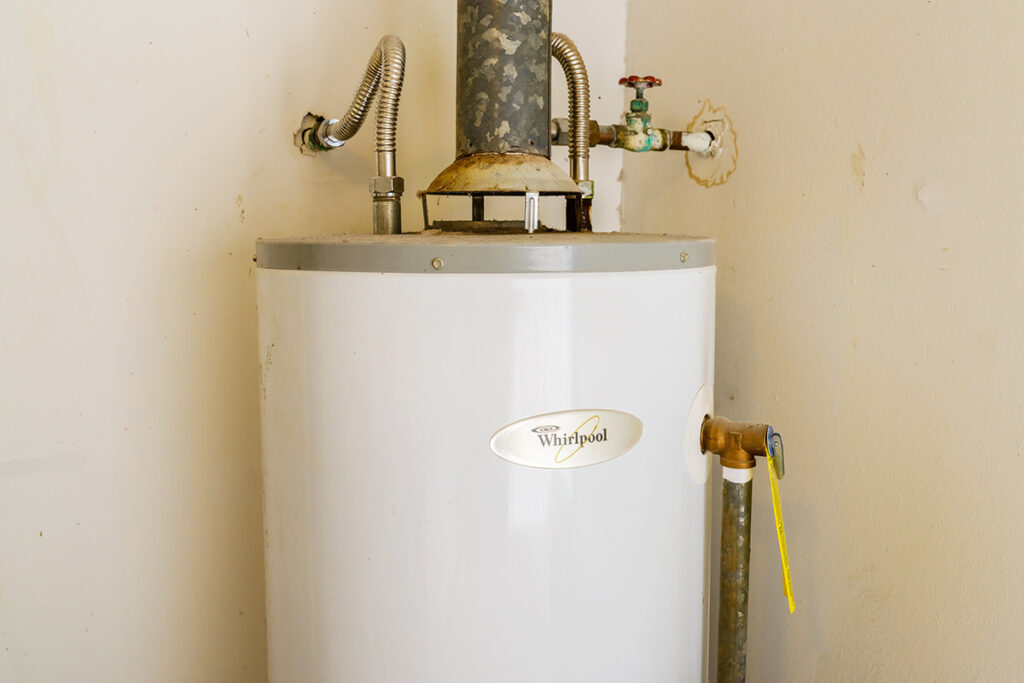
7. HVAC Systems
Your heating and cooling system is one of the biggest users of electricity, and it can generate a fair amount of heat when in use, even in cooling mode. Replace your HVAC air filters regularly, as dirty filters can cause your system to overcompensate. In the summer, turn your thermostat up while you’re sleeping so your AC doesn’t have to work as hard, or make use of ceiling fans (but remember to check that they’re spinning counterclockwise). You can also invest in a smart thermostat that automatically adjusts to your schedule and preferences; some models can even sense when you’re away and set the temperature accordingly.
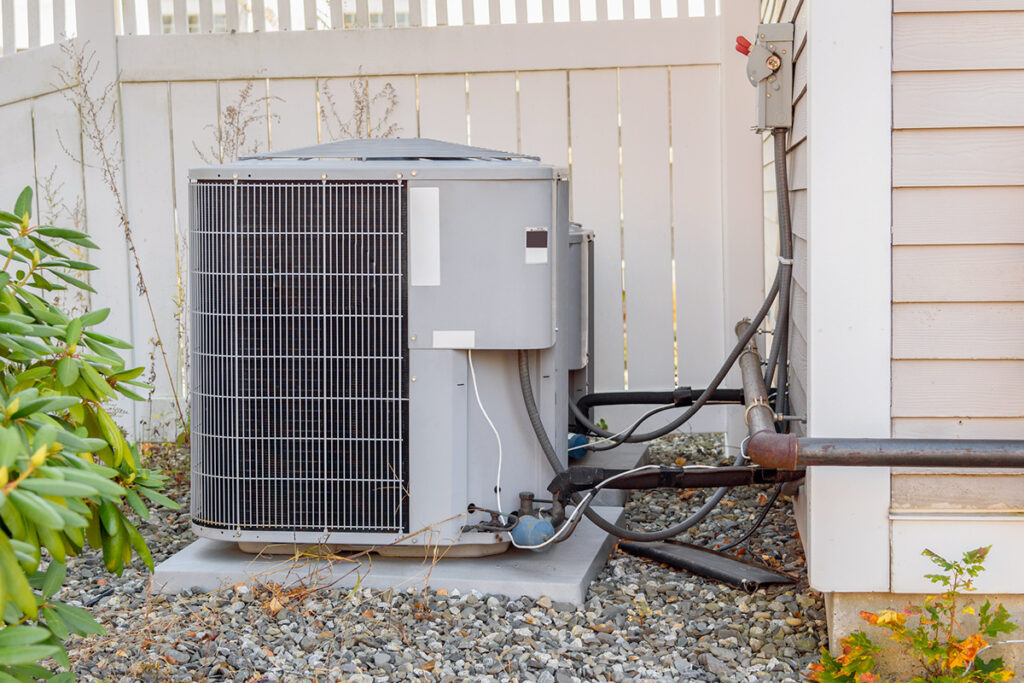
8. Refrigerators
While newer refrigerator models are incredibly efficient and put off a negligible amount of heat overall, refrigerators do operate 24/7, continuously releasing some warmth into your space as they keep your food cold. Clean the condenser coils every six months, set the interior temperatures to 40 degrees Fahrenheit, use ice trays over an automatic ice maker, and keep the door closed as much as possible.
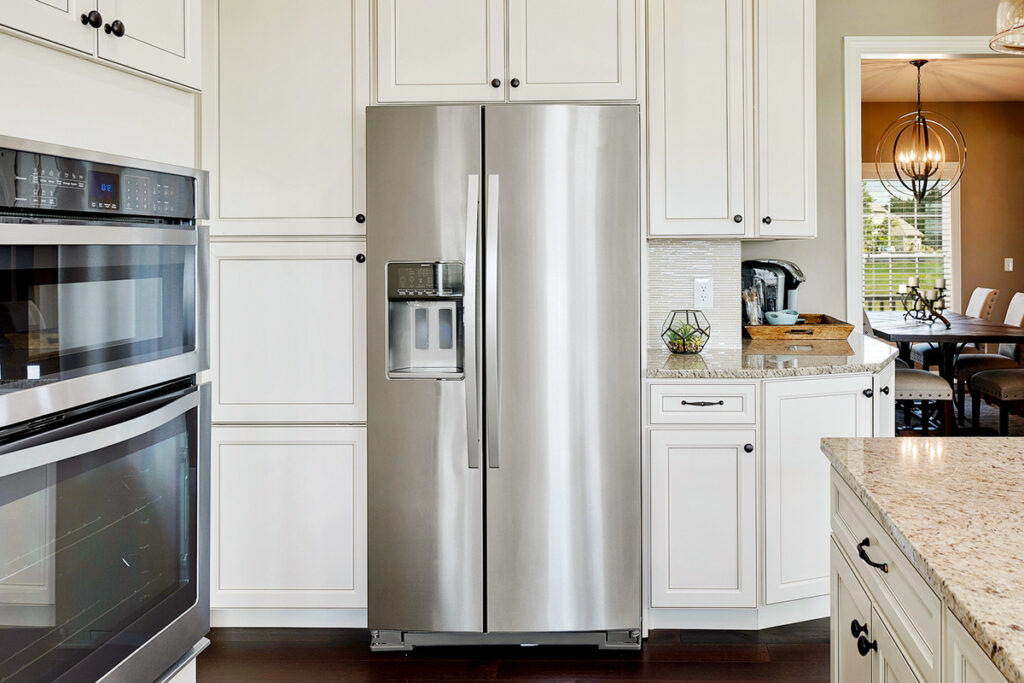
9. TVs and Laptops
While the amount of heat that comes from these electronics is pretty minor compared to major appliances, it can add up, so it’s best to implement good practices where you can. When it comes to reducing heat from these devices, ventilation is key. Keep your laptop off soft, heat-trapping surfaces such as blankets and pillows; instead, move it to hard surfaces or a laptop cooling pad. Close unused browsers and programs, and regularly clean air vents. To cool your TV, adjust the brightness and contrast settings to as low as you can comfortably go, and consider using a fan nearby for improved airflow.
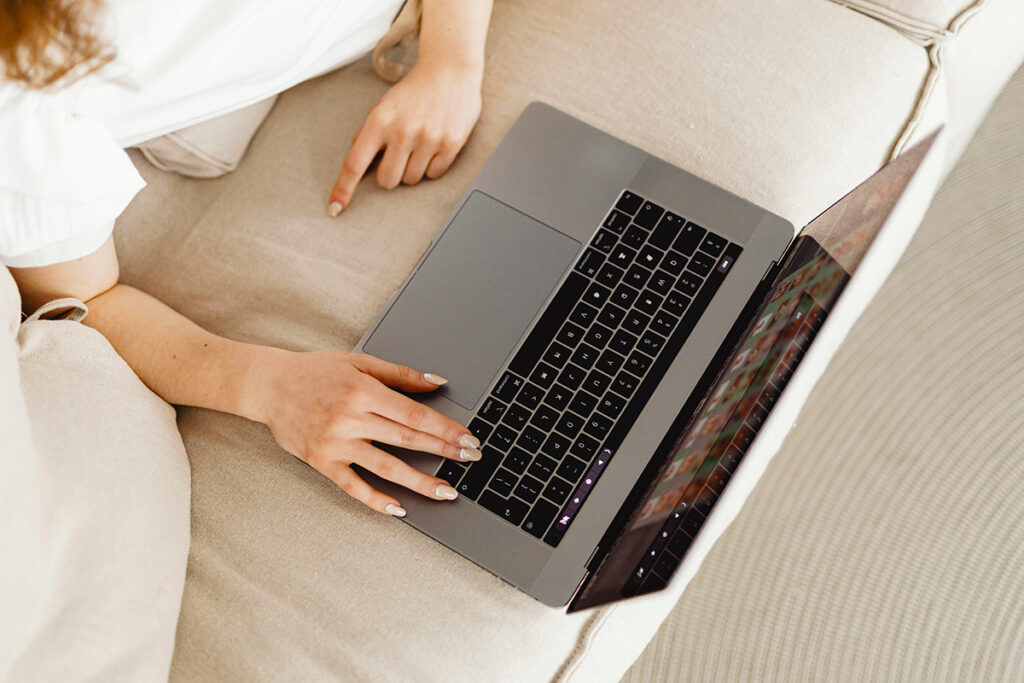
That fan above your stove? And the one in your bathroom? They’re there for a reason. These exhaust fans don’t just remove odors or smoke; they also draw out heat and humidity created by hot pans and steamy showers. Running your exhaust fan either during or immediately after you cook or shower is an excellent way to remove excess heat and moisture, making your space instantly more comfortable.







